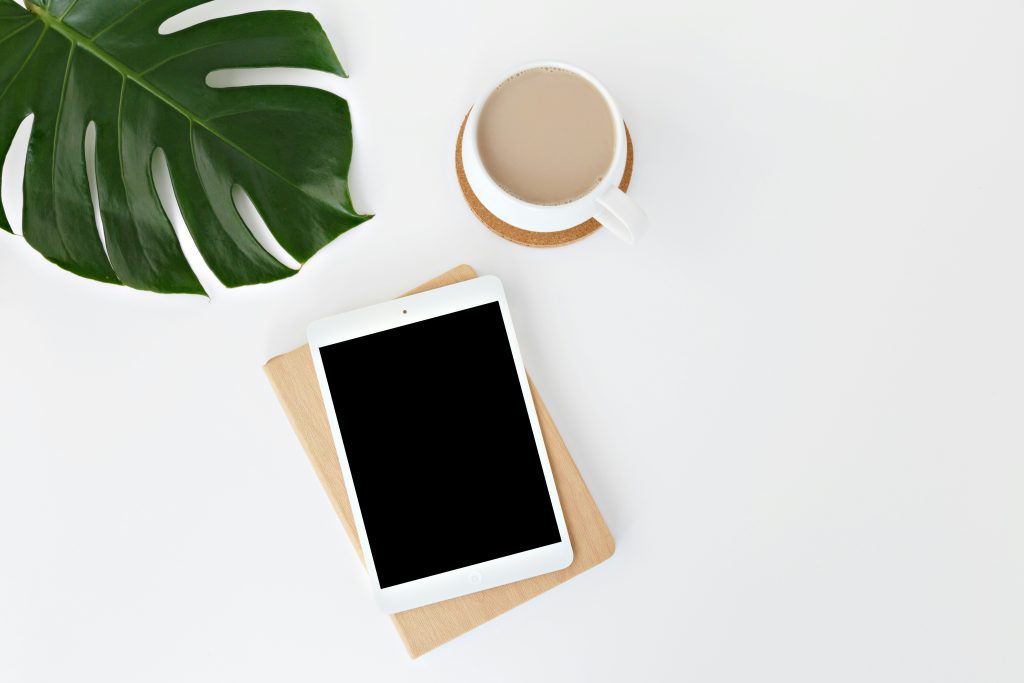“Ever felt like your stress levels are running higher than your phone’s battery percentage on a busy day? Yeah, us too.”
In a world where mental wellness feels more important—and more elusive—than ever, finding tools that help you stay grounded is essential. That’s where the emotional check-in device comes into play. These nifty features, built into some of today’s top stress management apps, are designed to act as a digital therapist in your pocket. By prompting you to pause and reflect on how you’re feeling, they create space for self-awareness before overwhelm takes over.
This post will guide you through understanding what makes emotional check-in devices so powerful, how to choose the right one for you, and actionable tips to maximize their benefits. Ready to take control of your stress? Let’s dive in.
Table of Contents
- Key Takeaways
- The Problem with Chronic Stress
- How to Use Emotional Check-In Devices Effectively
- Tips for Maximizing the Benefits of Your App
- Real-Life Success Stories
- Frequently Asked Questions
Key Takeaways
- Emotional check-in devices help track and manage stress by promoting mindfulness and reflection.
- Picking the right app depends on your specific needs and preferences (e.g., journaling vs. gamified experiences).
- Daily consistency is crucial for seeing long-term results.
- Avoid using these tools as a substitute for professional care when necessary.
The Problem with Chronic Stress

Did you know that nearly 77% of Americans report physical symptoms caused by stress? From headaches to insomnia, chronic stress wreaks havoc on both our bodies and minds. And while we all deal with it differently, ignoring those warning signs can lead to burnout—or worse.
I once tried managing my own stress without any structure or support. Spoiler alert: It didn’t end well. Picture this: After weeks of nonstop work emails pinging at midnight (*because capitalism*), I found myself staring blankly at a spreadsheet while internally screaming. Not cute.
Optimist You:
“There has to be a better way!”
Grumpy Me:
“Ugh, fine—but only if coffee’s involved.”
How to Use Emotional Check-In Devices Effectively
The beauty of an emotional check-in device lies in its simplicity. Most stress management apps include prompts or questions such as “How are you feeling today?” or “What’s weighing most heavily on your mind?” Here’s how to use them effectively:
- Set a Routine: Choose a specific time each day—morning, lunch break, bedtime—to engage with the app.
- Honesty Over Perfection: Be brutally honest about your feelings. This isn’t Instagram; nobody’s judging.
- Reflect and Adjust: Use insights from previous check-ins to identify patterns or triggers.
Tips for Maximizing the Benefits of Your App
If you want to get the most out of your emotional check-in device, keep these pro tips in mind:
| Tip | Actionable Advice |
|---|---|
| Pair with Meditation | Use calming exercises after completing your daily check-in. |
| Ditch Perfectionism | It’s okay not to feel amazing every day—that’s why you’re checking in! |
| Combine Tools | Couple emotional check-ins with habit trackers or gratitude journals. |
Pro Tip Gone Wrong:
One terrible idea would be trying to force a positive mood during every check-in. Life happens, and sometimes things suck. That’s totally normal!
Real-Life Success Stories
Let’s talk success stories. Sarah, a busy marketing exec, noticed her anxiety spiking during back-to-back client calls. She started using an app with an advanced emotional check-in feature that tracked her moods over time. Within two months, she discovered mid-afternoon was her peak stress window—and began scheduling quick walks outdoors to reset.
Frequently Asked Questions
- Q: Is an emotional check-in device the same as therapy?
A: No, but it can complement therapeutic practices by helping you become more self-aware. - Q: How much do these apps cost?
A: Prices vary widely, ranging from free versions to premium subscriptions costing around $10/month. - Q: Will it actually reduce my stress?
A: Consistent use often leads to improved awareness and coping strategies, but individual results may vary.
Conclusion
Incorporating an emotional check-in device into your routine can revolutionize how you handle stress—and ultimately improve your quality of life. Remember, progress doesn’t happen overnight. Start small, stay consistent, and watch yourself grow stronger, mentally and emotionally.
And hey, treat yourself along the way. Maybe grab a latte or blast your favorite playlist. You deserve it.
Haiku Break:
Stress clouds fade away,
A check-in clears the foggy path,
Peace blooms, step by step.


